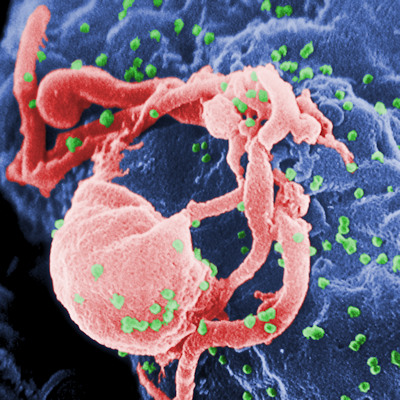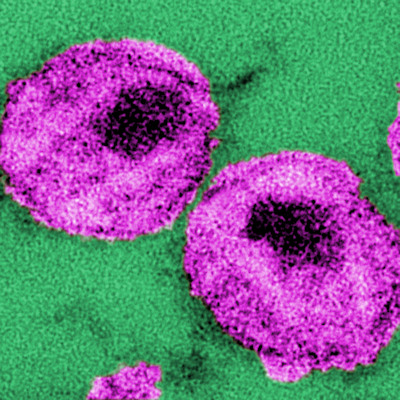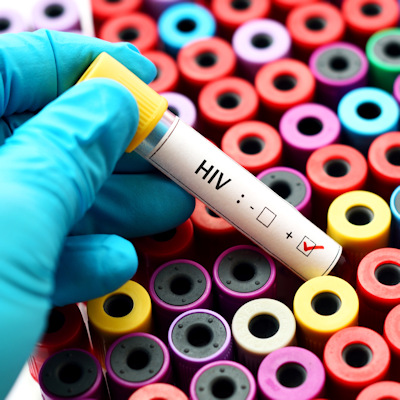October 3, 2022 -- University of Colorado Boulder researchers are urging vigilance around an obscure family of viruses known to cause fatal Ebola-like symptoms in some monkeys. They said the virus is “poised for spillover” to humans, although that hasn’t happened yet.
The research team focused on arteriviruses, which are common among pigs and horses but understudied among nonhuman primates. Specifically, they studied simian hemorrhagic fever virus (SHFV), which causes a lethal disease similar to Ebola virus disease and has caused deadly outbreaks in captive macaque colonies dating back to the 1960s (Cell, September 30, 2022).
A receptor called CD163 enables the virus to invade and cause infection of target cells. Through a series of laboratory experiments, the researchers discovered the virus could latch on to the human version of CD163, get inside human cells, and make copies of itself. Like HIV and its precursor simian immunodeficiency virus (SIV), simian arteriviruses also appear to attack immune cells, disable defense mechanisms, and take hold in the body long term.
Another pandemic isn't imminent because a human arterivirus infection hasn't been diagnosed yet, but that doesn't mean a human hasn't been exposed because nobody has been looking for it, according to the researchers.
Mostly, the researchers are urging caution and prioritizing further study of simian arteriviruses to understand them, develop blood antibody tests for them, and consider surveillance of human populations with close contact with animal carriers.
Copyright © 2022 scienceboard.net











